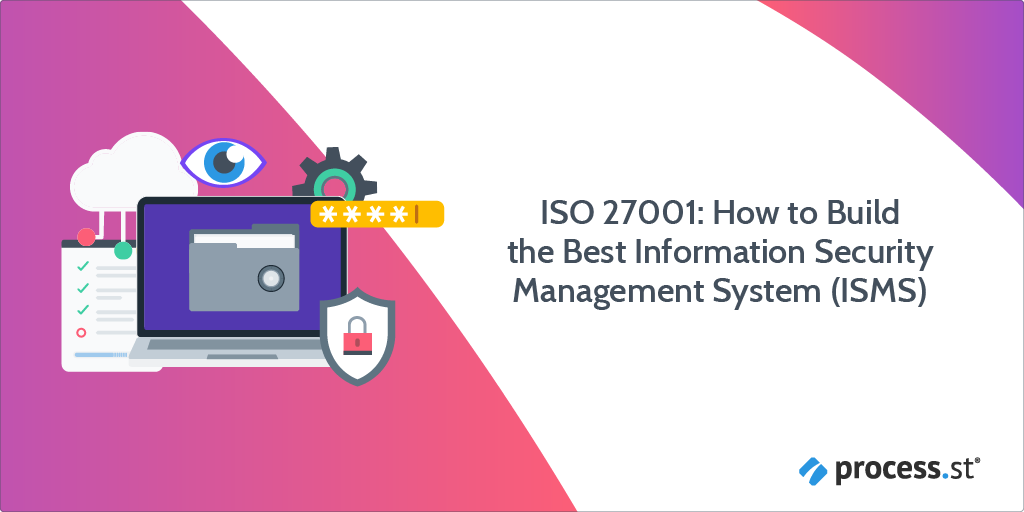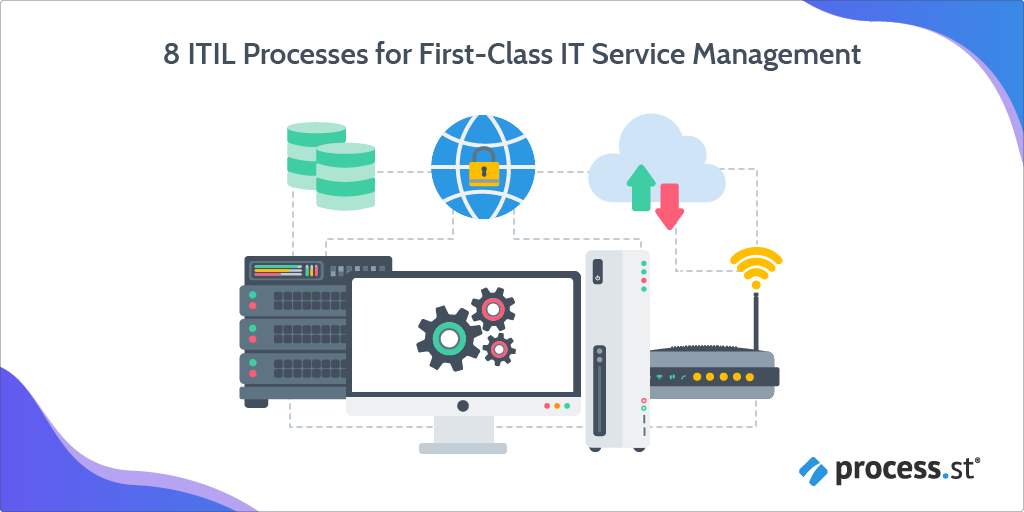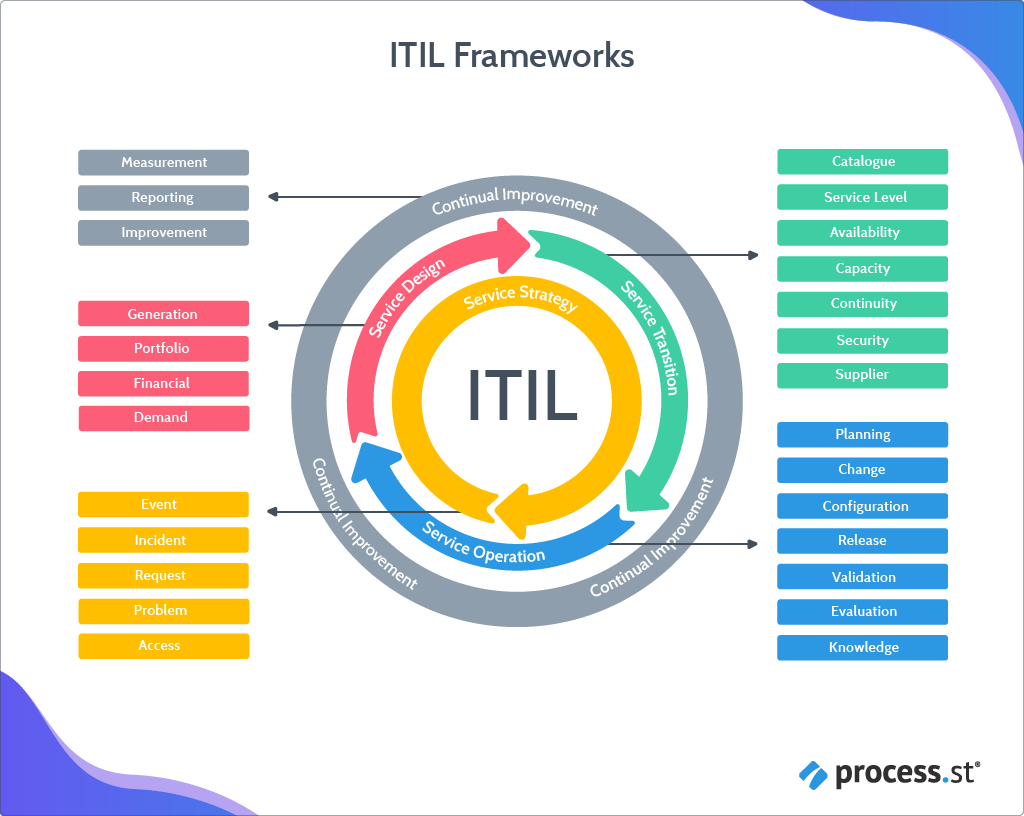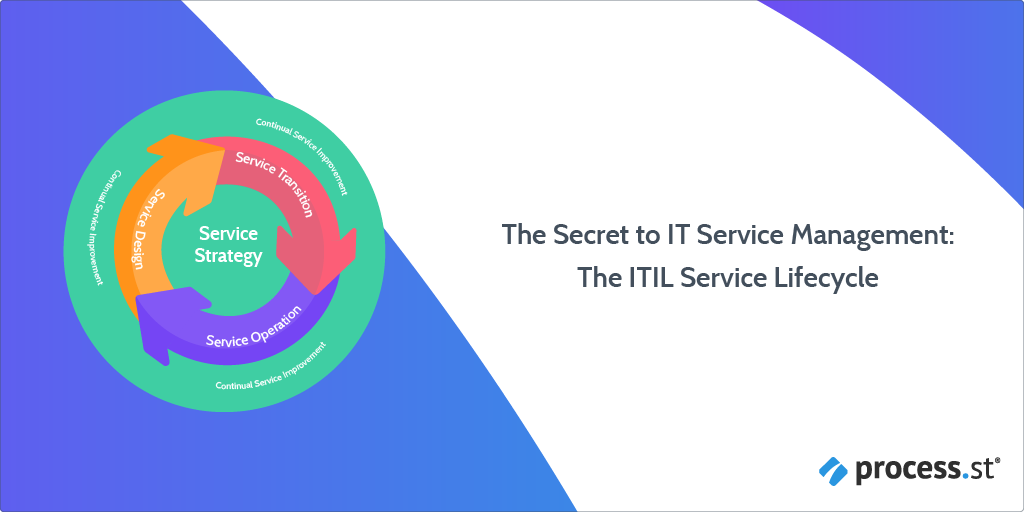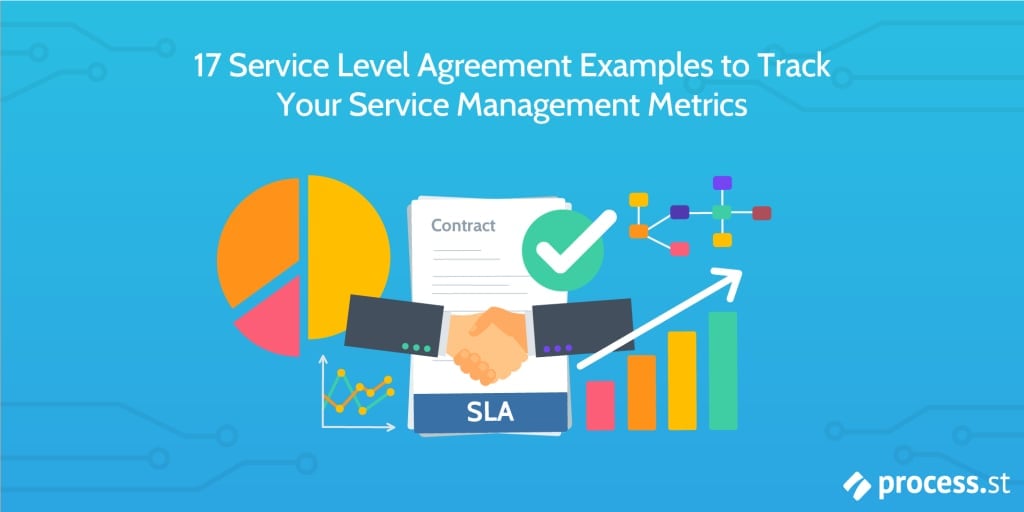
How do you name a new server, export config data, or fix that one really annoying bug that keeps popping up every 2nd Thursday? Well, create a runbook!
For prepared IT professionals, that information is stored in a runbook. A runbook is a set of standardized documents, references and procedures that explain common recurring IT tasks. Instead of figuring out the same problem time and time again, you can refer to your runbook for an optimal way to get the work done. What’s more, you can also delegate tasks and onboard employees more effectively if you have documentation to train them with.
Whenever you do a task, think of this quote:
“Will you remember how to do these things 6 months from now? I find myself having to re-invent a process from scratch if I haven’t done it in a few months (or sometimes just a few days!). Not only do I reinvent the process, I repeat all my old mistakes and learn from them again. What a waste of time.” — Tom Limoncelli, The Operations Report Card
In short, the less time wasted figuring out how to do a task, the better it’ll be for your business efficiency, productivity, and sanity.
This post will look at:
- The 2 types of runbook
- How to create a runbook
- Running your IT processes with Process Street
- Transfer workflow information into Pages
First, let’s look at two example runbooks to give context on what I’m going to talk about.
Continue Reading










